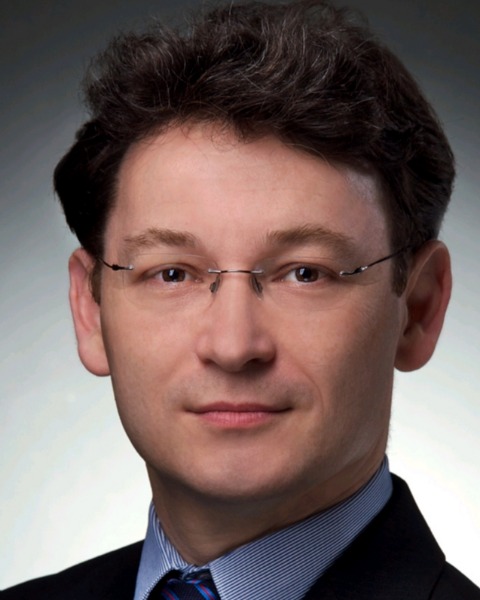Rapid Fire Abstracts
Right ventricular and left atrial strain predict volumetric response to cardiac resynchronization therapy (RF_FR_397)
- PD
Patrick Doeblin, MD
Cardiologist
Deutsches Herzzentrum der Charité, Germany - PD
Patrick Doeblin, MD
Cardiologist
Deutsches Herzzentrum der Charité, Germany - SC
Shing Ching
United Christian Hopsital, Germany
- JL
Jeffrey Ji-Peng Li, MD
Student
Charité Universitätsmedizin Berlin, Germany - SW
Stefanie M. Werhahn, MD
Cardiologist
Deutsches Herzzentrum der Charité, Germany - RB
Rebecca E. Beyer, MD
Resident
Deutsches Herzzentrum der Charité, Germany - ME
Misael Estepa, MD
Resident
Deutsches Herzzentrum der Charité, Germany - CS
Christian Stehning, PhD
MRI Physicist
Philips Healthcare, Germany - DH
Djawid Hashemi, MD, MSc
Cardiologist
Deutsches Herzzentrum der Charité, Germany - NS
Natalia Solowjowa, MD
Consultant
Deutsches Herzzentrum der Charité, Germany - CK
Christoph Klein, MD
Consultant
Deutsches Herzzentrum der Charité, Germany - HD
Henryk Dreger, MD
Head of Department
Deutsches Herzzentrum der Charité, Germany 
Sebastian Kelle, MD, FSCMR
Cardiologist
Deutsches Herzzentrum der Charité, Germany
Presenting Author(s)
Co-Author(s)
Primary Author(s)
Co-Author(s)
Cardiac resynchronization therapy (CRT) is a cornerstone in the treatment of heart failure with left bundle branch block (LBBB) and a left ventricular ejection fraction (LVEF) ≤35%. However, about one third of patients do not respond favorably (with response defined as LV end-systolic volume (LVESV) reduction >=15% at 6-12 months), which is a strong predictor of future adverse events. Echocardiography-derived strain values are variably associated with volumetric response to CRT, while the role of cardiac magnetic resonance (CMR) -derived strain parameters is unexplored. Capitalizing on the advantages of CMR-feature tracking (CMR-FT), the predictive value of these variables was investigated.
Methods:
In this study, 50 patients receiving CRT were retrospectively analysed, all of which had undergone CMR imaging within one year before, and echocardiography within 6 months before and 6-12 months after CRT. CMR scans were performed on 1.5T (Achieva, Philips Healthcare, Best, The Netherlands) and 3T (Ingenia, Philips Healthcare, Best, The Netherlands) scanners with a multi-element phased-array coil. A retrospectively gated balanced steady-state free precession sequence was employed to acquire cine images at the left ventricular short axis and 2-, 3- and 4-chamber-views at a minimum of 25 phases per cardiac cycle. CMR-derived morphological and functional parameters included biventricular volumetry as well as endocardial strain. CRT response was defined as reduction of left ventricular end-systolic volume >=15% after CRT, as measured by echocardiography (CMR was available only before CRT). Strain measurements were performed automatically with manual correction using MEDIS QStrain RE 4.4.
Results:
Responders and non-responders did not differ significantly among baseline parameters (table 1). Among standard CMR parameters, right ventricular end-diastolic (RVEDVi) (74.5 ±19.5 vs. 94.8 ±30.2 ml, P=.006) and left atrial end-systolic area (24.8 ±6.8 vs. 30.4 ±9.5 cm², P=.006) differed significantly between CRT responders and non-responders (Table 2). In strain analysis, CRT responders showed significantly better right ventricular (-24.8 ±6.7 vs. -18.9±7.6, P=.007) and left atrial global longitudinal strain (GLS) (24.7 ±10.6 vs. 15.3 ±10.4, P=.004) (Figure 1). Other strain parameters, including septal and lateral longitudinal strain, were not associated with CRT response.
Conclusion:
CMR-derived right ventricular and left atrial GLS pre-CRT correlated with echocardiographic volumetric response at 6-12 months post-CRT, while left ventricular global, septal and lateral longitudinal strain had no discernible prognostic impact.

